Hey guys |
Friday, April 13, 2007
Favourite Cities to Visit
Posted by
Admin
at
11:30 PM
0
comments
![]()
What don't you like about your city?
So, what do you people dislike about your city and what would you like changed?> |
Posted by
Admin
at
11:00 PM
0
comments
![]()
Accessibility and growth of cities
Innumerable factors play a part in the growth (and decline) of our cities. Among the growth factors, how important is the issue of ACCESSIBLITY? |
Posted by
Admin
at
10:30 PM
0
comments
![]()
Puerto Rico
Has anyone hered anything lately about peurto rico becoming a state.> |
Posted by
Admin
at
10:00 PM
0
comments
![]()
Is there something fatal in antiNIMBYism?
I'd be the first say there is something very self-serving in much of what NIMBY's have to say: |
Posted by
Admin
at
9:31 PM
0
comments
![]()
US cities in a less-US future
Every single US city has grew and prospered and achieved its character under US rule.....whether from 1776 on the east coast to the 1840's on the west. |
Posted by
Admin
at
9:01 PM
0
comments
![]()
Defunt department stores in your city!!
Here in Detroit we quite a lot some one these stores are bankrupt nationwide not just in Michigan |
Posted by
Admin
at
8:30 PM
0
comments
![]()
"Quiet" Small Cities With Their Own Skyline
Here are photos of some of my favorite smaller cities, I found on the web, that seems "quiet" (you never hear anything about them) that I think have nice skylines and downtowns for its size... |
Posted by
Admin
at
8:00 PM
0
comments
![]()
NAFTA Superhighway....There's Got to be a Better Alternative
First, I find it appalling that the major media outlets hardly if ever cover this story. When is the last time the Today Show, Good Morning America, CBS Evening News, No Spin Zone, etc had a segment on the NAFTA Superhighway or anything else related to North American integration. Lou Dobbs gives some effort on it, but thats about it. |
Posted by
Admin
at
7:44 PM
0
comments
![]()
IT SEEMS HIGHRISES HAVE BECOME REALLY POPULAR LATELY IN THE STATES...
why do you think that is? |
Posted by
Admin
at
7:00 PM
0
comments
![]()
top 25-Largest TV Markets
How the top markets stack up |
Posted by
Admin
at
6:30 PM
0
comments
![]()
Could it be bay vs. SF....with SF the loser?
If all the pieces fall in place, the epicenter of the world of San Francisco Bay sports is titling southward. The older cities to the north would lose the 49ers (from SF to Santa Clara) and the A's (from Oakland to Freemont). The lure is clearly more open land, but flater land as well: South Bay with the areas's largest city (San Jose), one of its two most prominent univrsities (Stanford) and the miracle that is SIlicon Valley is very much in assent. These areas would be hot without either MLB or NFL. |
Posted by
Admin
at
6:00 PM
0
comments
![]()
St. Louis...Most Dangerous City in America
Here is the official list of the most dangerous cities in America. I found it NOT surprising that my city, New Orleans, did not make the list. We do have a murder issue with inner city drug dealers, but, the rest of the stats, at least for here, are good. |
Posted by
Admin
at
5:30 PM
0
comments
![]()
Are Chicago and San Francisco an odd couple?
Are Chicago and San Francisco an odd couple? Now that's a question that some may consider insane, to even begin to compare flat Chicago with hilly San Francisco, two cities that differ greatly in ways other than topography, climate, and location. |
Posted by
Admin
at
5:00 PM
0
comments
![]()
Las Vegas nears buildout
LAS VEGAS — Flying into this desert metropolis is as deceiving as a mirage. From 10,000 feet you see empty land in all directions and swear the pace of suburban sprawl could go on unchecked. |
Posted by
Admin
at
4:00 PM
0
comments
![]()
Which dying city is making the best turnaround?
Right now, many cities in the northeast and rust belt are on a rapid (or not so rapid) turnaround from decades of decline and decay. In your opinions or experiences, which ones are doing the best? |
Posted by
Admin
at
3:30 PM
0
comments
![]()
skyline vs. mountains
Perception issue here; is the eye tricked: |
Posted by
Admin
at
2:30 PM
0
comments
![]()
What's unique about your metro area?
Instead of asking "what is your city's/metro area's stereotype?", let's ask something a little more interesting: |
Posted by
Admin
at
1:30 PM
0
comments
![]()
Which City will get a 1000ft bldg. 1st?
dallas |
Posted by
Admin
at
1:00 PM
0
comments
![]()
To jaywalk or not, that is the question....
After my recent stay in Philly, I have started to think about jaywalking and how it, or lack thereof, affects the feeling of a city.... |
Posted by
Admin
at
12:30 PM
0
comments
![]()
Is Fresno a lesser- known city than any other large city in California/U.S.A.?
Fresno is still a "developing" major city in California, and also not that well known. Fresno is famous for its bad perspectives and ratings, also Fresno is the largest city in the U.S. (i think) that does not have a Interstate.ill post new pictures of downtown soon.. |
Posted by
Admin
at
12:00 PM
0
comments
![]()
Old Photos USA
We have probably all seen old photos of New York City but what about the rest of the country? |
Posted by
Admin
at
11:30 AM
0
comments
![]()
Hope you don't mind a HUGE St. Louis thread (in case you missed them last year)
A TON of pics of my city, St. Louis... |
Posted by
Admin
at
11:00 AM
0
comments
![]()



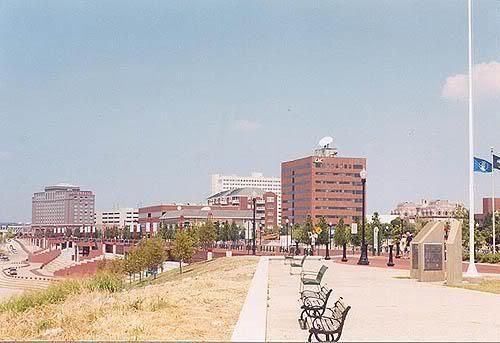
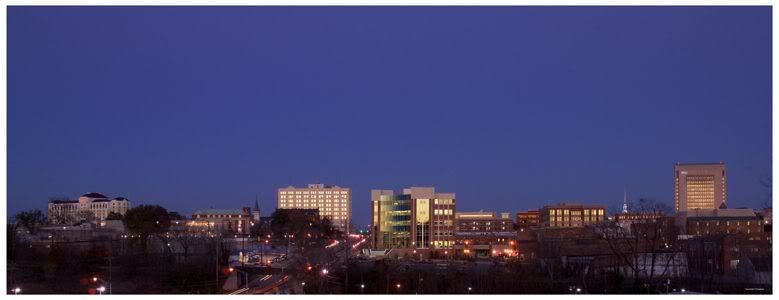
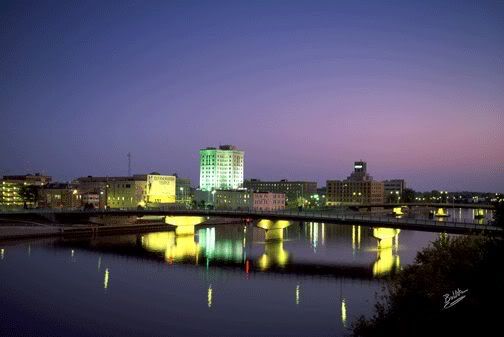


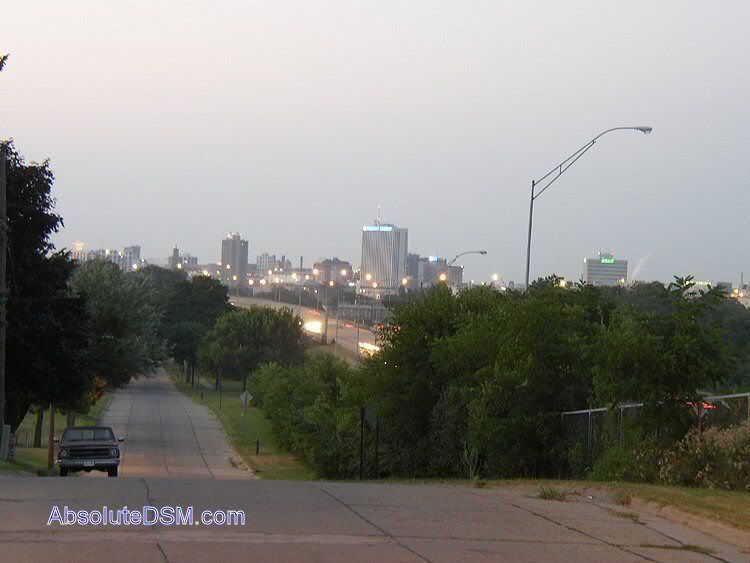

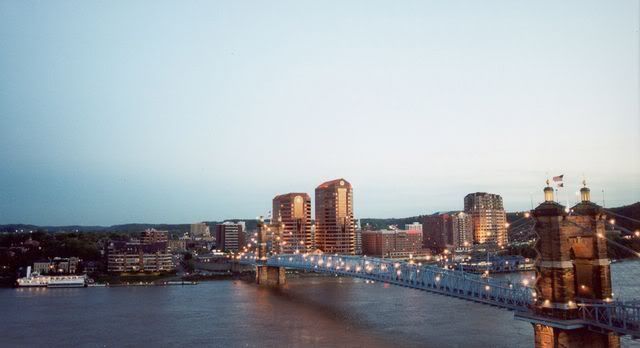
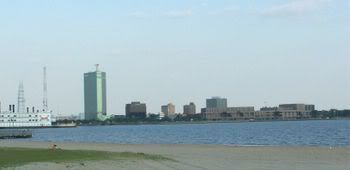
 Fresno's Tallest Building
Fresno's Tallest Building Fresno's 2nd tallest building
Fresno's 2nd tallest building Downtown Fresno>
Downtown Fresno> 



















































































































































































































































 >
>